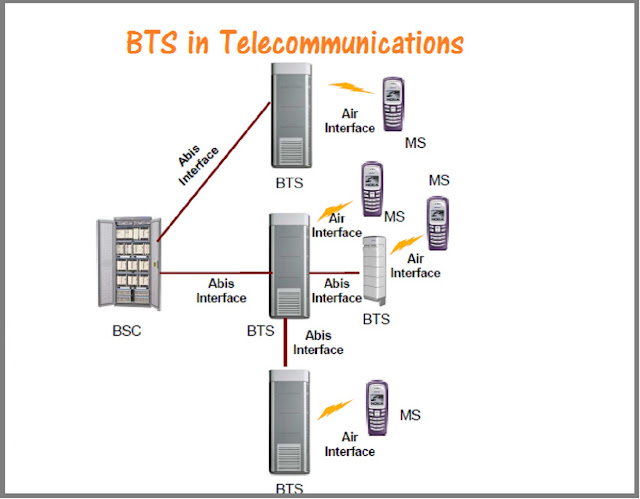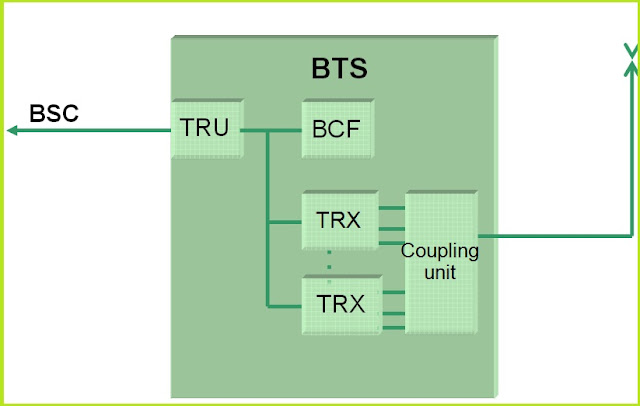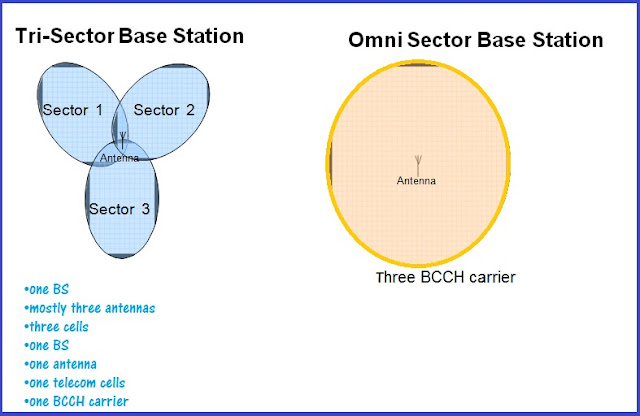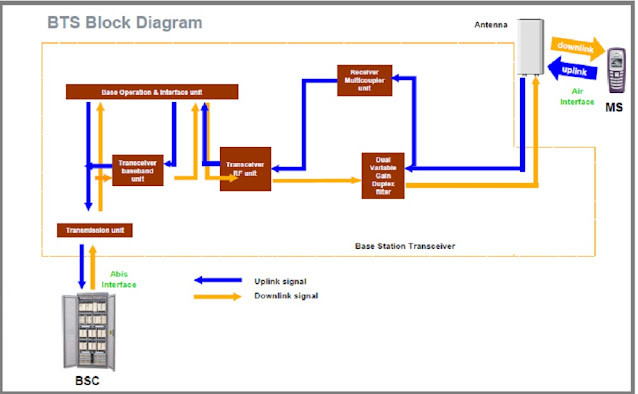BTS in Telecommunications : A large part of our communications depends on the GSM network which is called Global System for Mobile communication. The GSM architecture is made up of many different components and this architecture tells how these components interact with each other so that the whole system can function properly. BTS play a very special and important role in the GSM network. In this article only BTS will be discussed.
According to GSM architecture a BTS is controlled by BSC through the Base Station Control Function (BCF). The BCF is also a unit and included in a TRX in compact base stations. This BCF is implemented as a discrete unit or even in compact base stations that are incorporated into a TRX. There are BTS in other areas as well but I will only discuss BTS used in telecommunications here.
What is BTS ( Base Transceiver Station)?
BTS is a network element associated with BSS and controlled by BSC. BTS is the interface where line transmission is converted into radio wave and vice versa. BTS become very important because BTS communicates with mobile phone directly via the air interface.
BTS is called RBS (radio base station) according to Ericsson's documents which handle the radio interface to MS. The BTS associated with the radio equipment (transceivers and antennas) Interconnectivity of each of the BTS in the network is mandatory.
BTS includes some functional unit which is listed below-
• Transmission Unit (TX)
• Base Controller Function Unit (BCF)
• Transceiver (TRX)
• Coupling unit
Transmission Unit (TX): The transmission unit provides the Abis interface to the BSC. The traffic channels and signalling channels are reallocated in the transmission unit and connected to the correct unit (BCF or TRX).
Base Controller Function (BCF): Controls the connection between the BSC and the BTS (O/M).
Transceiver (TRX):
• Block coding
•Channel coding
•interleaving
•TDMA Burst formatting
•Ciphering or encryption
•GMSK modulation
•Power amplification
Coupling unit: Routing the modulated RF signal to antennas to form specific configurations, such as Omni-1, 1+1+1, 2+2+2 and etc.
BTS Interfaces
The Base Transceiver Station performs the radio functions of the Base Station Subsystem (BSS), which has main responsibility the radio-related task to provide connectivity between the network and the mobile station via air-interface (layer-1).
The BTS receives and sends signals through:
Air interface – BTS and Mobile Station (MS) connected through the frequencies. The air interface between MS and BTS is also called the Um interface.
Abis interface – cable, optical fiber, or radio link that connects the BTS to the Base Station Controller (BSC), which is the central element of the BSS.
"A" interface is called the interface between MSC and BSS, the interface between MSC and VLR is called the "B" interface, Note that the B interface is an internal interface because the MSC and the VLR are in the same unit in GSM system. The "A" interface can be divided into two parts:
➤the A interface between MSC and BSC.
➤the A-bis interface between BSC and BTS.
Functions of BTS
As general, BTS has functions:
➤BTS schedules broadcast and general control channels
➤Most of the important function to detect the random and handover access bursts sent by the mobile stations
➤Timing advance calculations
➤Uplink measurements
➤Channel coding (error protection) and encryption/decryption
➤Frequency hopping.
• BTS receives signals from the MS that is called the uplink path,
• BTS sends signals to the MS that is called the downlink path.
• Signals travel in Uplink and downlink through the Air interface at different frequencies, with the higher frequency carrying downlink signals.
You can also READ HERE :
BTS Block Diagram
Nowadays people have become habit that they get half-completed knowledge by watching videos. To get complete information, no one has enough time to read the article, so I try to explain my point through as many images as possible. Below is the block diagram of the BTS, which you can understand by looking at it.









3 Comments
Thank ʏou for sharing үoᥙr thoughts. I really appreciat thay ắc quy xe máy tại nhà; cứu hộ xe máy đà nẵng; cứu hộ xe máy quận sơn trà Gọi ngay: 0941.775.222
ReplyDelete381BB6BD32
ReplyDeletekiralık hacker
hacker arıyorum
kiralık hacker
hacker arıyorum
belek
FAAF5E0D0A
ReplyDeletehacker arıyorum
kiralık hacker
tütün dünyası
hacker bul
hacker kirala